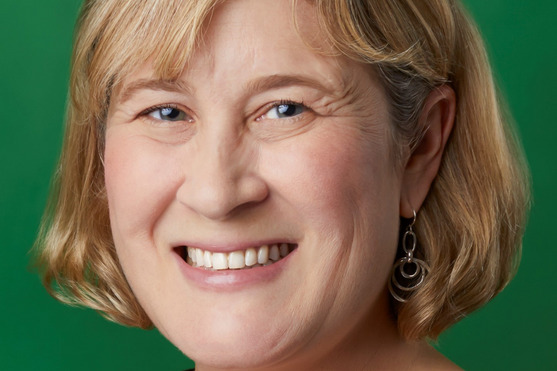What it takes to embrace a bold approach to grantmaking

There are several key words that are central to Kathy Reich’s view about grantmaking – they are trust, candour, control and perhaps most important of all, relationships.
Kathy is Director of Building Institutions and Networks (BUILD) at the Ford Foundation in New York and has helped shape a new discussion about the value of larger, flexible and longer-term grants. In a post-COVID world, she believes the appeal of unrestricted grantmaking has never been more compelling.
Kathy will be the guest at Philanthropy Australia’s Thought Leadership event in November that will discuss how partner organisations can create impact and drive outcomes through this kind of approach.
Nearly half of the Ford Foundation’s grantmaking follows the model where the grantee is “in the driver’s seat.’’ “If anything is radical about the idea, it’s radical for a large foundation with a billion dollars (US) in assets to be thinking about unrestricted multiyear funding,’’ Kathy says. “It shouldn’t be a radical idea but the more money that organisations donate, the more they like to control it and the more they like to see impact from their investment. And I can understand that – but that need for control and lack of trust really do hamper the non- profit sector’s ability to have impact and to get things done and to improve people’s lives.’’
The evidence is in and it presents a strong case for unrestricted grantmaking. In Kenya, the non-profit, non-government Federation of Women Lawyers (FIDA) is one organisation supported through the Ford Foundation. Its work extends beyond legal services to include policy and advocacy and it provides a network of pro bono lawyers working with local women who are discriminated against. BUILD allocated the organisation a five-year unrestricted grant, which had an immediate impact – laptops were bought to replace the ageing, groaning computer system, which increased staff retention because laptops meant staff could work from anywhere. “The minute you have laptops you immediately become a much more attractive employer but more importantly, within the first year of the BUILD grant, two important policy developments affecting women happened in Kenya,’’ Kathy explains.
These developments arose from two separate instances – one, a sexual assault on a woman that was hushed up by the college where the assault occurred and second, a case of discrimination against a mother who was breastfeeding her baby in public. FIDA Kenya responded with lawsuits in each case, launched a public awareness campaign and worked with legislators to change Kenyan law on sexual assault and breastfeeding.
“And what they [FIDA] said to us was: ‘Look, if we did not have the BUILD grant, we would have had to write a grant to work on breastfeeding. We would have had to write a different grant on sexual assault – that would have taken six months. We might not have got funding for either and in which case we wouldn’t have been able to do the work at all and if we did get the funding, our moment would have passed,’’ Kathy says.
So, if it works, why don’t more foundations and philanthropists adopt it?
In a survey conducted before the pandemic by the US Centre for Effective Philanthropy, there appeared to be no real barriers among foundations to the provision of multi-year general operating support grants. “The explanation for why it’s not being done more widely seems to be that it doesn’t fit with the foundation’s approach, simply hasn’t been prioritized, or, for a subset of community foundations, isn’t seen as possible given constraints,’’ the report noted.
Kathy has no doubt that the deep impact of the COVID pandemic will extend to philanthropy and that will potentially mean more unrestricted grants. Many in the sector had to pivot when the virus arrived, and unrestricted granting helped ensure that non-profits could respond quickly, without having to check in with the grantmaker about reallocated budgets or operational shifts.
“And I think in the wake of COVID, you are seeing funders who are being much more responsive to the needs of their grantee partners, listening to them much more closely, being much more open and less controlling about the way they give funds…,’’ she says.
By May this year, there were 727 US grantmakers who had committed to loosening or eliminating restrictions on funding to their non-profit partners.
“The real question is can we sustain that change,’’ Kathy asks. “Once there is a vaccine, do our lives go back to the same very inequitable state in which they existed in January of 2020? I’m not sure it’s going to be possible to go back and so even if we wanted to – which I doubt – so it will be interesting to see whether philanthropy finds itself fundamentally changed as the rest of the world finds itself fundamentally changed.’’
But she remains optimistic about what’s possible.
“There’s nothing preventing us from building those strong and trusting relationships with the organisations we support,’’ Kathy says. “I think it does require a mindset shift on the part of the funder and probably on the part of the non-profit organisation as well. But there are many, many funders – – and I do think this is changing…’’